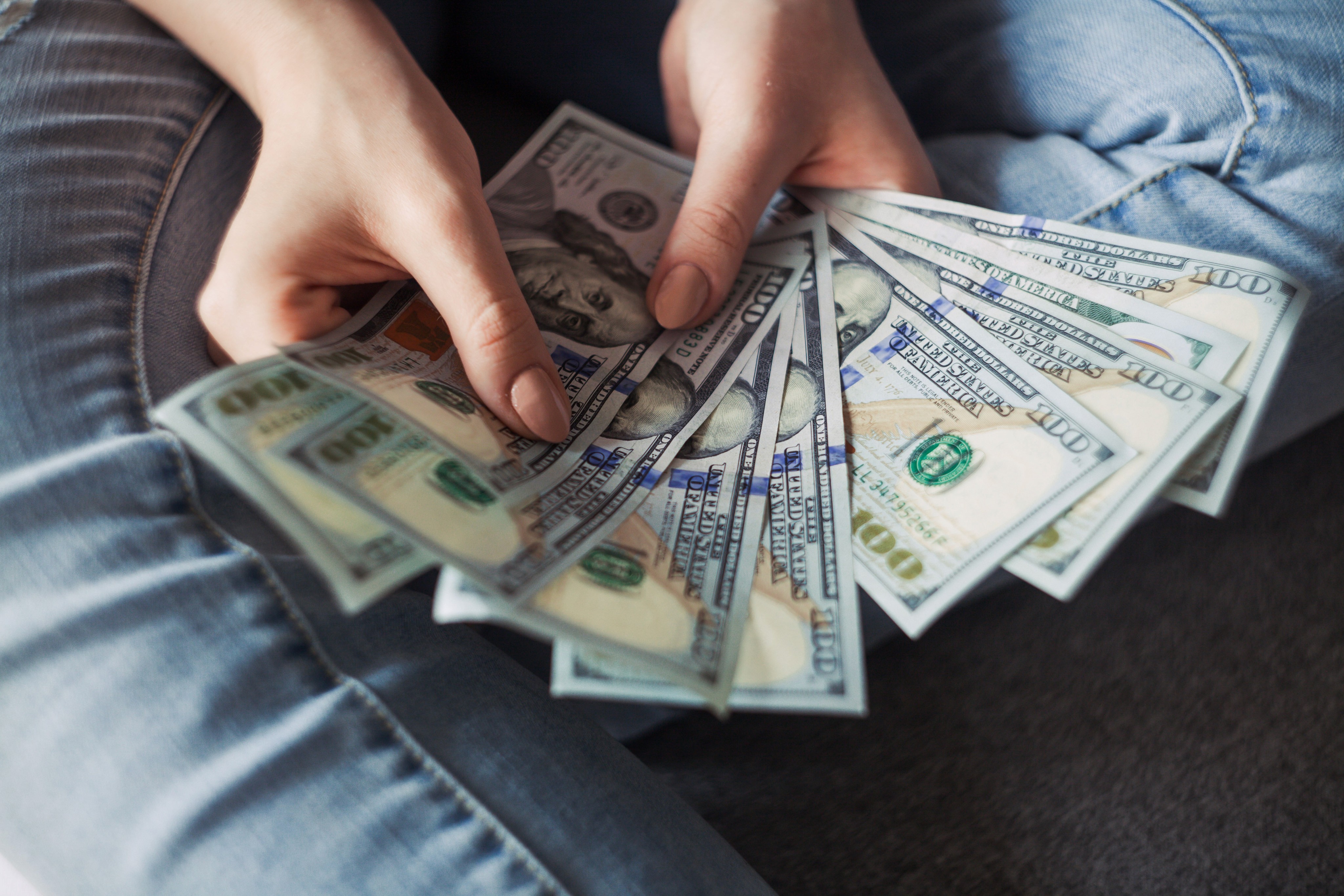💵 The rise of “Dólar Blue”
Argentina has experienced high levels of inflation and currency controls in the past, at the world’s seventh-highest inflation rate of 64% which have led to the emergence of the black market for US dollars, also known as the "Dólar Blue." The Dólar Blue is often higher than the official exchange rate set by the government, and participating in the black market, including buying or selling US dollars at the Dólar Blue rate, is illegal in Argentina. However, it is often tolerated by the authorities.
Argentina is known for having a high cost of living, especially for tourists. The black market, or "Dólar Blue," is a way for people in Argentina to access US dollars at a more favorable rate, but participating in it is illegal. As a visitor, you can support the local economy by spending money in local businesses. It is not clear how bringing your own dollars and exchanging them on the black market would affect the market or the cost of living for Argentinians.
At the time of 22 Sept 2022 in this article, the official rate is 1 USD = 131 pesos and on the blue market, the dollar is worth 304 pesos. If you bring $10 or $20 bills, you will get 5-10% less on the exchange compared to $50s and $100s. Any bill with a tear or writing on it will also be worth less. By the time you are reading this, the dollar will almost certainly be worth more in Argentina.

Argentina official rate vs USD
📃 From black market to legal tender
Battling inflation heading toward 100 percent, the government of Argentina, led by President Alberto Fernández, has been struggling to convince travellers to put money into the country’s complex financial system. One way that the government has tried to address this issue is by revamping the country's financial system in order to encourage tourists and other individuals to put their money into the system rather than relying on cash.
The Argentine government has introduced a new policy that offers foreign tourists a more favorable exchange rate when making purchases with non-Argentine issued credit or debit cards. This policy aims to boost tourism and stimulate the country's economy by encouraging visitors to make purchases, reduce the demand for the informal exchange market, and increase Central Bank reserves. Under the new rules, tourists who are not residents of Argentina and use non-Argentine issued cards will receive an exchange rate close to the "Dólar MEP" (Mercado Electrónico de Pagos), which is currently around 292 pesos per dollar. This is significantly higher than the official exchange rate of 158 pesos per dollar applied to purchases made in Argentina with payment methods issued abroad. The Central Bank published the measure in Thursday’s edition of the Official Gazette it would provide more ease and safety to tourists coming to Argentina.
💳 Legal Dólar Blue via Visa and Mastercard
Argentina is desperate to lure more dollars into its formal economy because it needs greenback reserves to stabilize its currency and avoid another devaluation. In a bid to boost tourism dollars in Argentina, the government has allowed MasterCard Inc. and Visa Inc. to start offering travelers an exchange rate that nearly doubles their purchasing power. This is the latest attempt by Argentina to help its weakening currency by trying to lure more visitors and get dollar.
The Argentine government's decision to offer a more favorable exchange rate to foreign tourists who use non-Argentine issued credit and debit cards is a response to the decline in foreign credit card transactions in the country. In previous years, foreign credit card transactions in Argentina amounted to around $250 million per month, but this number has fallen to around $30 million per month in 2022. This decline may be due in part to tourists being deterred from using credit cards in Argentina because they were charged the official exchange rate, which was significantly lower than the black market exchange rate.
By allowing credit card companies to offer exchange rates on purchases made with foreign-issued credit and debit cards that are similar to the black market rate, the central bank hopes to increase the use of credit cards in Argentina and boost the country's economy. The initiative appears to be showing early signs of success, with the central bank reporting that MasterCard transactions in Argentina rose 25% in the first week after the policy was implemented.
How if, using Visa and Mastercard outside Argentina to get the “Dólar Blue” rate?
Luca Cada Lora.
Regenerative Journal is my personal blog covering energy, climate, tech, sustainability and its public policy.




